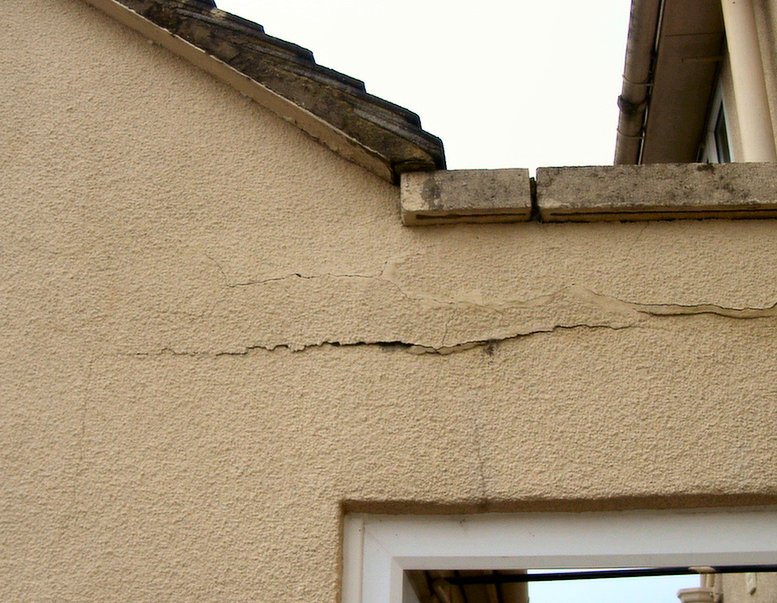Cracking in buildings BR 292
BRE Group (BRE) is a world-leading centre of built environment expertise, research and training, and includes a third-party approvals organisation offering certification of products and services to international markets.
The first edition of the BRE guide Cracking in buildings was published in 1996. The second edition, written by Ron Bonshor, Lesley Bonshor and Roger Sadgrove, was published in March 2016. Its aimed at all who own, occupy, design, build and maintain buildings.
Buildings and other built structures are moving all the time, but usually these movements are so small as to be unnoticeable. However, if a structure is unable to accommodate movement, cracking is likely to occur. The appearance of cracks can be visually unattractive and disconcerting for occupants, and if left untreated can affect the integrity, safety and stability of the structure.
The BRE guide describes the basic materials science behind the subject and explains how and why cracks occur. It provides a source of relevant information and provides a systematic approach for the reader to follow.
The first part looks at the causes of and mechanisms behind cracking, and the use of joints as safeguards against cracking. The second part examines the application of the science, and how cracking is effected by temperature, moisture, chemical and foundation movement. Appendices cover the classification of visible damage to walls, and provide a suggested approach to crack investigation.
This second edition updates references and aspects of the methodology that have changed since the first edition.
You can view a sample of, and purchase the book here.
[edit] Related articles on Designing Buildings Wiki
- BRE articles on Designing Buildings Wiki.
- BRE Buzz.
- BRE Trust.
- Burland scale.
- Cracking and building movement.
- Defective Concrete Blocks Grant Scheme.
- Defects in brickwork.
- Defects in construction.
- Defects in stonework.
- Efflorescence.
- Foundations.
- Ground heave.
- Home quality mark.
- Latent defects.
- Pyrite and mica redress issues in Dail Eireann.
- Reversible and irreversible expansion.
- Settlement.
- Thermal expansion.
- The history of fabric structures.
- Why do buildings crack? (DG 361).
[edit] External references
Featured articles and news
Commissioning Responsibilities Framework BG 88/2025
BSRIA guidance on establishing clear roles and responsibilities for commissioning tasks.
An architectural movement to love or hate.
Don’t take British stone for granted
It won’t survive on supplying the heritage sector alone.
The remarkable story of a Highland architect.
The Constructing Excellence Value Toolkit
Driving value-based decision making in construction.
Meet CIOB event in Northern Ireland
Inspiring the next generation of construction talent.
Reasons for using MVHR systems
6 reasons for a whole-house approach to ventilation.
Supplementary Planning Documents, a reminder
As used by the City of London to introduce a Retrofit first policy.
The what, how, why and when of deposit return schemes
Circular economy steps for plastic bottles and cans in England and Northern Ireland draws.
Join forces and share Building Safety knowledge in 2025
Why and how to contribute to the Building Safety Wiki.
Reporting on Payment Practices and Performance Regs
Approved amendment coming into effect 1 March 2025.
A new CIOB TIS on discharging CDM 2015 duties
Practical steps that can be undertaken in the Management of Contractors to discharge the relevant CDM 2015 duties.
Planning for homes by transport hubs
Next steps for infrastructure following the updated NPPF.
Access, history and Ty unnos.
The world’s first publicly funded civic park.
Exploring permitted development rights for change of use
Discussing lesser known classes M, N, P, PA and L.
CIOB Art of Building photo contest 2024 winners
Fresco School by Roman Robroek and Once Upon a Pass by Liam Man.

























